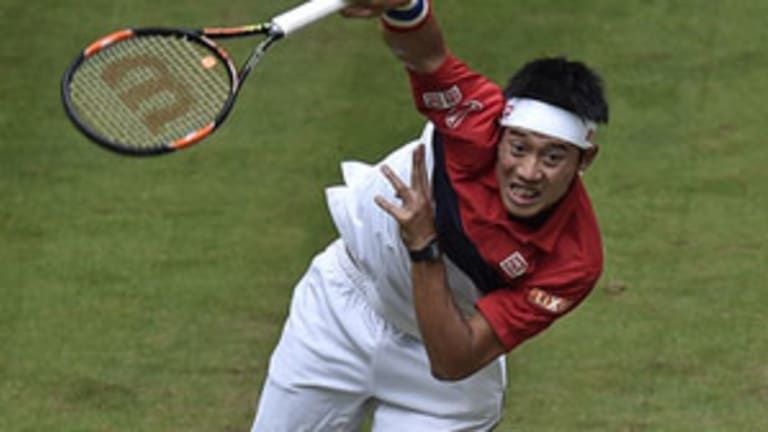While I was walking on a Brooklyn street a few summers ago, my eye was caught by something beautiful and familiar inside a ground-floor apartment. It wasn’t a painting or a flower or a vintage piece of furniture. It was a flat-screen TV. More precisely, it was what was glowing so warmly from that TV: An arena of green, in subtle gradations, filling every inch.
At the center was a grass lawn made faintly amber by the late-afternoon light. Around the edges were the stadium’s walls, painted a deeper forest color. Two players were running and tumbling on the grass. The immaculate white of their clothes was matched by the long strip of tape at the top of the net. The posts at the side of that net were gold.
I stopped only for a second or two, but it was enough to recognize that this carefully organized tapestry of tones was a scene from Centre Court. There are many appealing aspects to Wimbledon, but the most powerful is how it radiates, in a soothing way, out of a television set. It’s a tennis tournament, and a summer vacation for the eyes.
To fans in the U.S., Wimbledon’s look is elegant but exotic. For us, actually playing on grass is usually a pipe dream. For years, I imagined it, but couldn't find a patch of turf where my sneakers were permitted to step. As a junior, I was scheduled to play a team event on grass at a club in Rye, NY, but on the way there it rained, and we ended up indoors. Years later, in London, I was scheduled to hit a few balls at Queen’s Club. Again it rained, as it tends to do there. The grass is greener in England, I learned, because it’s too wet for anyone to play on.
